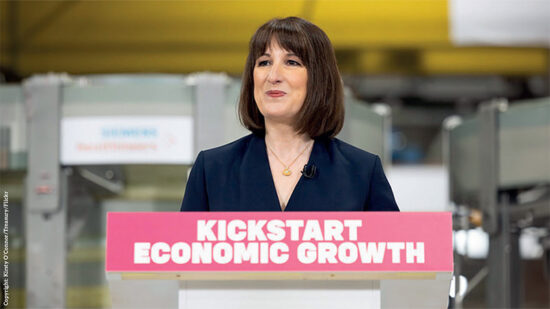Structured notes are specially constructed financial instruments that are designed to provide a fixed return over a given period of time. They are linked to a basket of underlying securities, which are typically stocks, indices or other listed investment vehicles.
There are generally two types of structured notes offered to the wider investment universe and these are as follows; ones that pay a fixed/guaranteed interest over a set term and those that pay a conditional interest if certain conditions are met. The latter type usually provide higher returns although the former will be the preferred option for more prudent advisers – as the old adage goes; a bird in the hand is worth two in the bush.
Another common feature of structured notes is that they often have the ability to automatically call or redeem early. These are known as auto-callable notes which have regular observation dates placed with the contingency, that if all underlying securities are above the initial strike prices entered into, they can mature early and investors receive back both principal and coupon.
Investors should note that there is risk of capital loss, that principal is not 100% protected although coupon payments are nonetheless based on a percentage of the original investment. Principal protection is normally in place around what is known as a barrier level – the most common barrier is 50% of the original price. This means that as long as none of the underlying investments are below the barrier levels at maturity the investor receives back the original principal invested.
Why use structured notes?
These products effectively enable investors to receive a fixed interest in currencies such as USD, GBP & EUR and provide downside protection for investing in stock markets – therefore if used correctly they can be used as a hedge against stock market exposure.
If advisers are investing via offshore insurance bonds/wrappers then another key benefit is that the guaranteed coupon component can be used to help offset investment charges – this effectively leaves the remainder of the portfolio cost free to provide the capital growth element of the plan.
If they are bought independently and, taking into consideration the fact that interest rates in GBP, USD & EUR currencies are at historically low levels and likely to remain there for some time, these bank-issued structures are a good way to receive higher levels of fixed interest whilst having capital protection around adequate barrier levels. As long as investors are comfortable with that concept, they are worth considering as an alternative to a bank deposit.
The rates offered are also well over and above straight deposits and furthermore are comparative investments on the basis that both are issued by a bank and, just as it is better to invest in deposits to safe guard capital when markets are volatile, it can be more beneficial to use a structured products to protect against downside risk.
In the second part of this series, Harpreet Sajjan, head of portfolio management at Platinum Financial Services, will give pointers on what to look out for in a good structured note….








